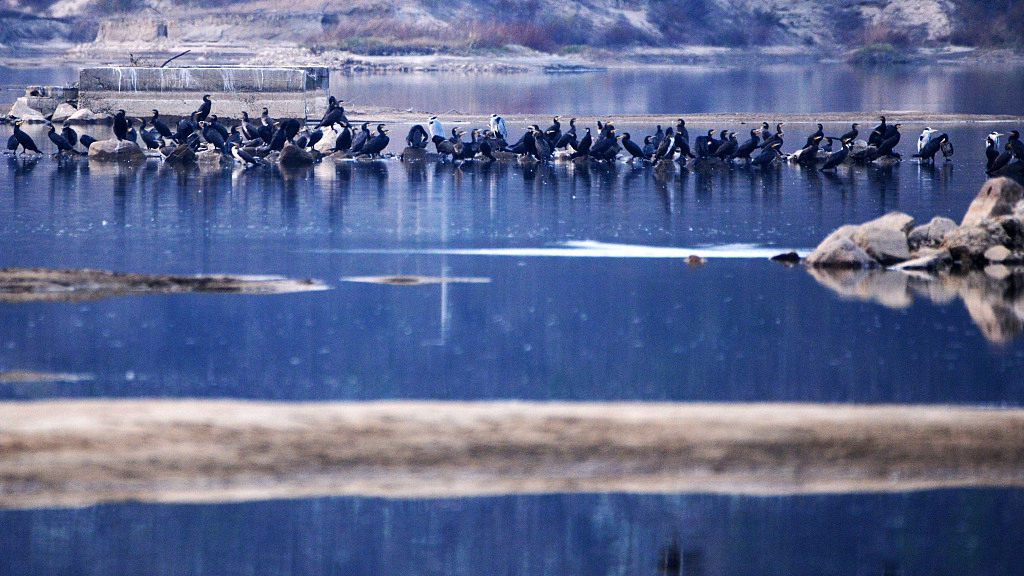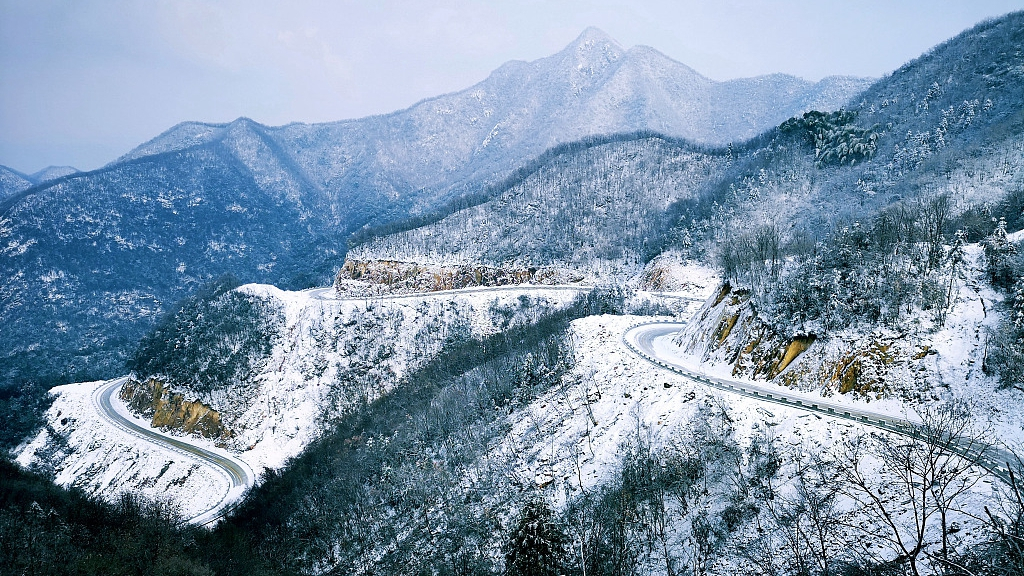

Stretching nearly 400 kilometers, the Dabie Mountains lie on the boundaries of Anhui Province, Hubei Province and Henan Province. /VCG Photo

Situated in subtropical monsoon climate, the Dabie Mountains boast lush forests and beautiful natural scenery that changes seasonally. The mountains are also the main watershed between the Huaihe and Yangtze rivers. /VCG Photo

Located near Nanjing and Wuhan and overlooking the Central Plain, the mountains held military importance from the 1920s to the 1940s, when China's Communist Party led local people to the success of the revolution. /VCG Photo

Today, the Dabie Mountain area is poverty-stricken. Roads have been built to connect multiple scenic spots in the area to boost its economy through tourism, according to Xinhua. /VCG Photo

Copyright © 2018 CGTN. Beijing ICP prepared NO.16065310-3
Copyright © 2018 CGTN. Beijing ICP prepared NO.16065310-3